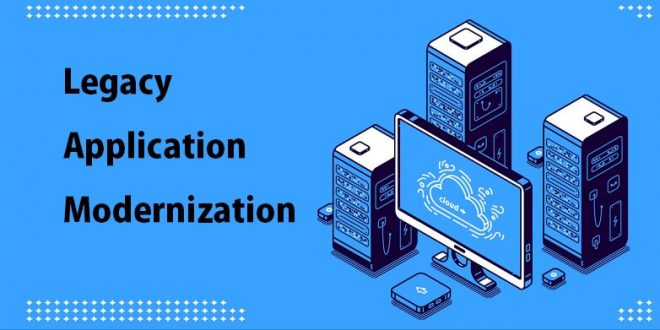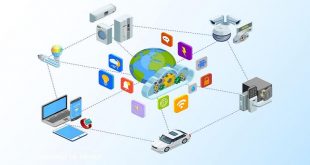In the rapidly evolving landscape of technology, legacy application modernization is a critical endeavor for businesses seeking to stay competitive and efficient. Legacy systems, while once the backbone of many enterprises, now often present various challenges due to aged technology, rigid architecture, or outdated functionality. Without action, these systems can become significant impediments, hindering an organization’s agility and growth prospects. Modernization involves upgrading these obsolete systems and transforming them into more contemporary solutions better aligned with current business needs and technology standards.
The process of legacy application modernization is multipart, with a strategic approach being fundamental to its success. It involves not merely updating technology but rethinking the overall architecture to make systems more adaptable and efficient. This transformation enables businesses to address the limitations of monolithic applications, such as difficulties in updates and costly scaling efforts. Additionally, the inherent benefits of modernized applications include improved process efficiency, enhanced performance, and the capacity to offer new and better services to customers.
Organizations contemplating modernization must consider a range of options and strategies. These might encompass re-platforming, re-hosting, re-architecting, or even fully automated migration to convert legacy code to modern platforms. By doing so, they create more agile and scalable IT environments, paving the way for innovation and ensuring that their investment aligns with overarching business objectives. The ultimate aim is for companies to not just overcome the limitations posed by legacy systems but to leverage modernization as a catalyst for digital transformation.
Assessing Legacy Systems
When embarking on modernizing legacy applications, a thorough assessment of the current systems is crucial. This evaluation will inform the strategy for modernization and ensure that the updated system aligns with business objectives.
Identify Business-Critical Features
One must meticulously catalog the functionalities within the legacy system that are imperative for business operations. The goal is to:
- Prioritize features that align with current and future business strategies.
- Document dependencies to understand how features interconnect within the existing ecosystem.
Determine Integration Requirements
It’s essential to:
- Map out how the legacy system interacts with other software and services.
- Assess compatibility with modern systems to ensure seamless integration post-modernization.
Evaluate Current Technology Stack
One should:
- Examine the current technology stack for outdated components.
- Prioritize updates based on security, scalability, and also performance considerations.
Strategies for Modernization
Modernizing legacy applications is essential for organizations looking to enhance efficiency and adaptability. Selecting the right modernization strategy is a critical step in aligning IT infrastructure with business goals.
Rehosting
Rehosting, often referred to as “lift and shift,” involves moving an application from one environment to another without modification. Advantages include speed and cost-effectiveness, as it allows organizations to quickly take advantage of modern infrastructures like cloud platforms.
Refactoring
Refactoring requires modifying the existing code to improve its structure and performance, without changing its external behavior. This strategy is suitable for optimizing applications for new environments while preserving their original functionality.
Replatforming
Replatforming involves moving an application to a new runtime platform, making minimal changes to the code but leveraging new platform features. Organizations choose re-platforming to gain operational efficiencies without completely overhauling the application.
Rearchitecting
Rearchitecting is a more extensive approach that involves altering the application’s code to shift it to a different architectural paradigm. This is typically done to leverage modern architecture styles, such as microservices, which can significantly improve scalability and agility.
Rebuilding
Rebuilding means rewriting the application from scratch while maintaining its scope and specifications. This approach allows organizations to implement modern features and technologies that were not available at the time of the original development.
Replacing
Replacing involves discarding the legacy application altogether and substituting it with a new solution. This could mean adopting a commercial off-the-shelf (COTS) product or building a custom solution that better meets current business requirements.
 Free Web Resources , psd, mockups, & web templates Best WordPress Themes & Best Html Templates
Free Web Resources , psd, mockups, & web templates Best WordPress Themes & Best Html Templates








